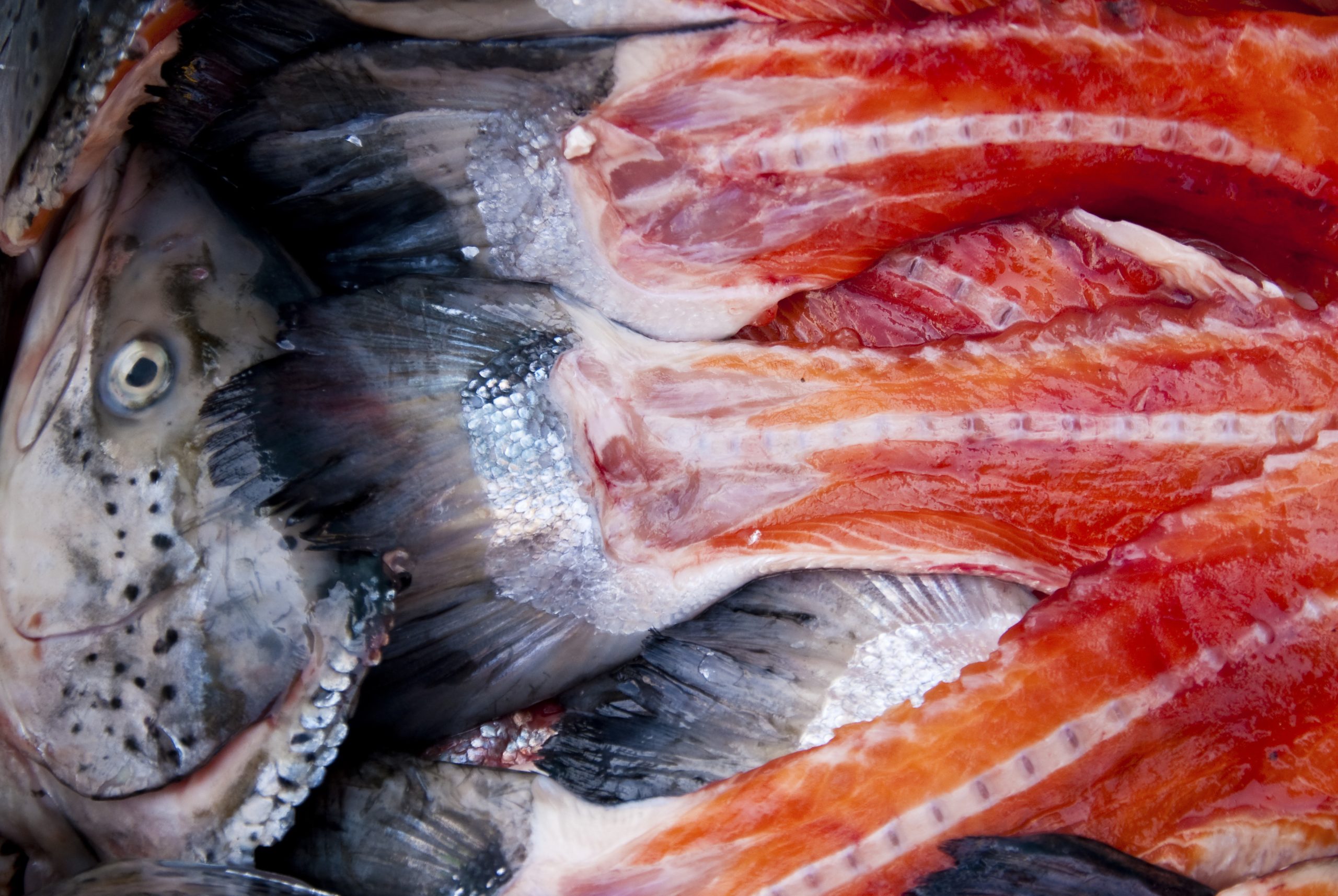Are you interested in trying out trout fishing? Whether you’re a beginner or an experienced angler, there are several things you need to know before heading out on your next fishing trip. In this article, we will cover everything from choosing the right equipment and finding the best spots for trout fishing to cooking your catch and avoiding common mistakes. Let’s get started!
Introduction to Trout Fishing
Trout is a highly sought-after species of fish that can be found in freshwater streams, rivers, and lakes throughout North America. They are known for their aggressive behavior and challenging fight, making them a favorite among avid anglers. There are several different types of trout, including rainbow, brown, brook, and cutthroat, each with its own unique characteristics and habits.
Choosing the Right Equipment for Trout Fishing
When it comes to trout fishing, having the right equipment is essential. A good quality rod and reel combination is necessary for casting and retrieving your line effectively. For beginners, a lightweight spinning combo is ideal as it allows for easy casting and provides enough power to land smaller trout. However, if you plan on targeting larger trout, a heavier baitcasting setup may be more suitable.

Finding the Best Spots for Trout Fishing
One of the most important factors when it comes to trout fishing is finding the right spot. Look for areas where the water is moving quickly, such as rapids or falls, as these areas tend to hold large numbers of trout. Additionally, deep pools and undercut banks can also provide excellent hiding places for hungry trout.
How to Bait and Cast for Trout
Once you have found a promising location, it’s time to start fishing. When it comes to bait, natural baits like worms, insects, and minnows work well for trout. To cast your line, simply attach your bait to the hook and make sure it sinks to the bottom of the stream or river. Then, slowly retrieve your line while keeping a close eye on your float or indicator. If you feel a tug, set the hook firmly and prepare for a thrilling battle!
Cooking Your Catch: Delicious Recipes for Trout
After a successful day of trout fishing, nothing beats enjoying your catch over a hot meal. One popular way to prepare trout is by grilling it with a simple seasoning of salt, pepper, and lemon juice. Another delicious recipe involves stuffing the trout with herbs and vegetables before baking it in the oven. No matter how you choose to prepare your trout, one thing is certain – it will taste amazing!
Common Mistakes to Avoid When Trout Fishing
As with any type of fishing, there are several common mistakes that anglers should try to avoid. One mistake is using too much weight when casting, which can cause your bait to sink too quickly and scare off nearby trout. Another mistake is not paying attention to the current and allowing your bait to drift away from the target area. Finally, remember to keep quiet and move slowly while fishing, as loud noises and sudden movements can easily spook skittish trout.

Tips for Successful Trout Fishing
To ensure success when trout fishing, there are several tips worth following. First, always use high-quality tackle and equipment, as this can greatly improve your chances of landing a big catch. Second, take the time to study the behavior and habitat of trout, as this knowledge can help you locate prime fishing spots. Third, experiment with different baits and techniques until you find what works best for you. With these tips in mind, you’ll be well on your way to becoming a successful trout angler!
The Art of Fly Fishing for Trout
For those looking for a challenge, fly fishing for trout can be incredibly rewarding. Unlike traditional bait fishing, fly fishing requires the use of artificial flies made from feathers, fur, and other materials. The goal is to imitate the movement and appearance of real insects, which can be very effective at attracting hungry trout. While fly fishing can be more difficult than bait fishing, many anglers consider it to be a more satisfying experience overall.
Trout Fishing Etiquette and Conservation Tips
Finally, as an angler, it’s important to practice proper etiquette and conservation measures when trout fishing. Always respect private property rights and follow all local regulations regarding bag limits and size restrictions. Additionally, make every effort to minimize your impact on the environment, such as avoiding littering and staying on designated trails. By practicing responsible fishing practices, we can help ensure that future generations will be able to enjoy trout fishing just as much as we do today.
Conclusion: Getting Started with Trout Fishing
So, now that you know everything you need to know about trout fishing, it’s time to grab your gear and hit the water! Remember to stay patient, persistent, and observant, and you’re sure to have a successful day on the water. Good luck and happy fishing!




























































